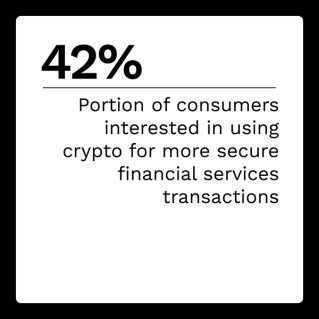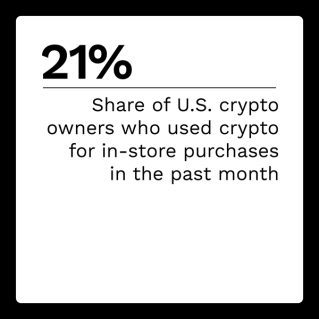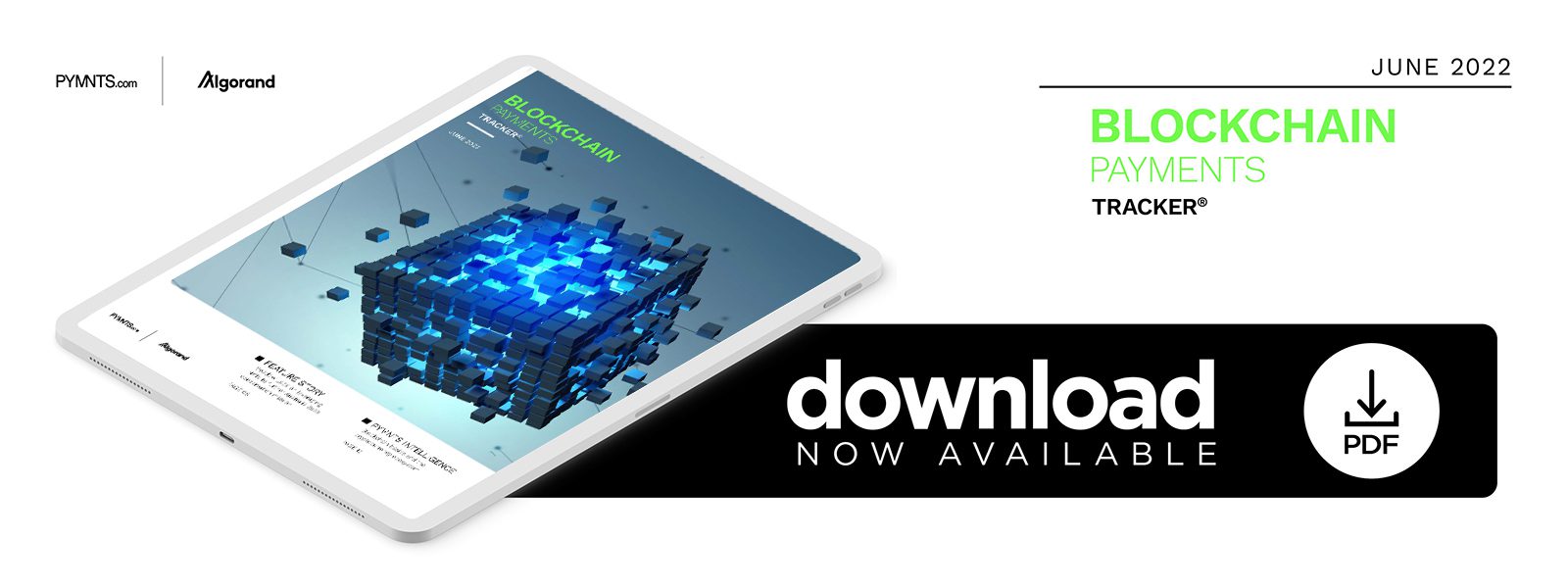For Australia Zoo, New Eco-Friendly NFT Was the Right Fundraising Fit

When blockchain emerged as the underlying technology behind cryptocurrencies, the heavy energy use and system resources required for each transaction created slow transaction speeds and environmental concerns. Even from that inception point, the potential of blockchain technology attracted both commercial and noncommercial players interested in expanding the uses of the technology and overcoming early limitations.  As more efficient protocols and improved functionality have emerged, so have a nearly endless list of potential uses for blockchain technology that touch every industry in ways far beyond basic transfers of value.
As more efficient protocols and improved functionality have emerged, so have a nearly endless list of potential uses for blockchain technology that touch every industry in ways far beyond basic transfers of value.
At the same, cryptocurrencies are still an essential part of the larger blockchain payments space. Some businesses are hesitant to accept direct payment with crypto due to potential volatility, and a significant portion of consumers are still unsure about the volatility and practicality of crypto. Regardless, 68% of consumers who have transacted with cryptocurrencies said they believe crypto is faster than alternative payment methods, while 58% said they believe it is safer. The development of regulatory frameworks is expected to contribute to greater certainty and allay some fears of both consumers and businesses. Additionally, growing consumer interest in crypto payments is likely to drive an increased interest among businesses as well.
In this inaugural edition of the “Blockchain Payments Tracker®,” PYMNTS takes a closer look at the basics of blockchain technology and the cryptocurrency ecosystem, as well as tracking some of the emerging technology that will enable faster, safer and more reliable blockchain payments in the future.
Around the Blockchain Payments Space
 A recent survey of Fortune 500 executives revealed that 94% have blockchain project plans and demonstrated a strong belief among executives that blockchain technology has the potential to transform the world economy. From enabling data exchange and workflow automation to integrating cryptocurrency payment gateways, the near-endless uses of blockchain are being explored by a variety of industries, while some companies are even considering launching their own native tokens. As these trends continue, blockchain research and development will be an essential part of any business strategy and will continue to grow in importance as not only commerce and finance but investors and governments embrace blockchain technology.
A recent survey of Fortune 500 executives revealed that 94% have blockchain project plans and demonstrated a strong belief among executives that blockchain technology has the potential to transform the world economy. From enabling data exchange and workflow automation to integrating cryptocurrency payment gateways, the near-endless uses of blockchain are being explored by a variety of industries, while some companies are even considering launching their own native tokens. As these trends continue, blockchain research and development will be an essential part of any business strategy and will continue to grow in importance as not only commerce and finance but investors and governments embrace blockchain technology.
As governments continue to wrestle with the larger implications of blockchain technology, many are beginning to explore effective regulation of cryptocurrency and blockchain-tied assets such as NFTs. In one such move, the European Parliament took steps to impose know your customer (KYC) requirements on some crypto transactions at the end of March. Under new provisions approved for Europe’s Transfer of Funds Regulation, virtual asset service providers would have to report to anti-money laundering authorities any crypto transaction that exceeds €1,000, as well as verifying identities of unhosted wallet owners before transacting with them.
For more on these stories and other blockchain payments developments, check out the Tracker’s News and Trends section.
Meadow Labs On Leveraging NFTs To Further Australia Zoo’s Mission
From cryptocurrencies and smart contracts to stablecoins and non-fungible tokens (NFTs), there are a significant and growing number of applications for blockchain in handling asset transactions, but those applications can only be as good as the underlying technology.
In this month’s Feature Story, Serkan Terek, co-founder and chief product officer at Meadow Labs, talks about how efficiency, cost and environmental impact informed its choice of blockchain for minting NFTs such as those the company is creating for Australia Zoo.
PYMNTS Intelligence: The Basics of Blockchain and the Cryptocurrency Ecosystem
Consumer adoption of cryptocurrencies for regular transactions has been relatively slow, and even among crypto owners, just 30% said they used crypto for online purchases in the past month, while 21% reported the same for in-store purchases. In most cases, those in-store purchases are not made with a direct crypto transaction, but are made through an intermediary that exchanges a consumer’s crypto for a fiat currency with which the merchant is paid. Regardless, many consumers see potential in cryptocurrencies as a means of adding speed and security to some transactions.
This month’s PYMNTS Intelligence takes a look at the technology underlying blockchain payments and how the blockchain payments ecosystem is developing and evolving with more efficient protocols and improved reliability.
About the Tracker
The “Blockchain Payments Tracker®,” a PYMNTS and Algorand collaboration, examines the latest trends and developments shaping the blockchain payments space and how blockchain technology is reshaping the face of payments.
